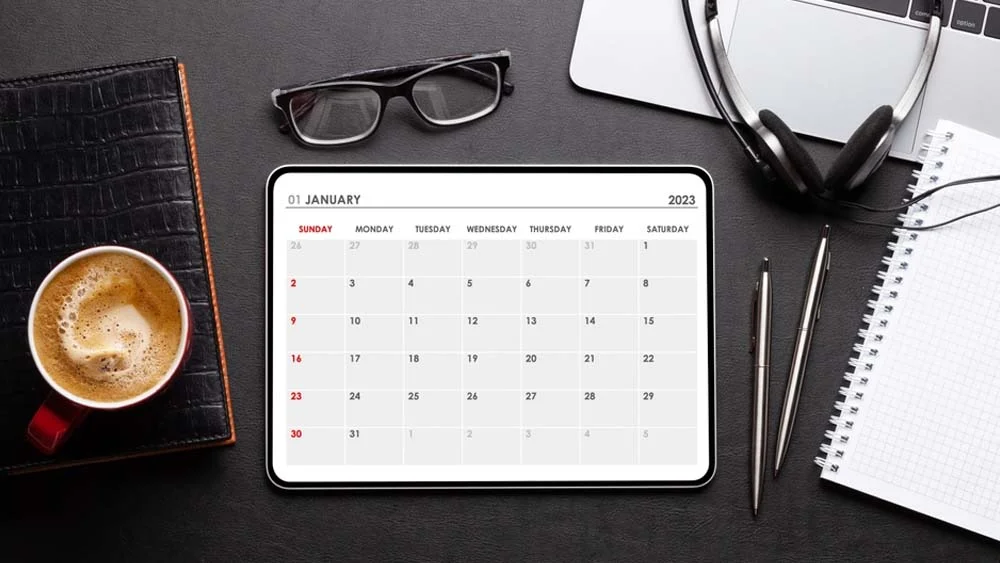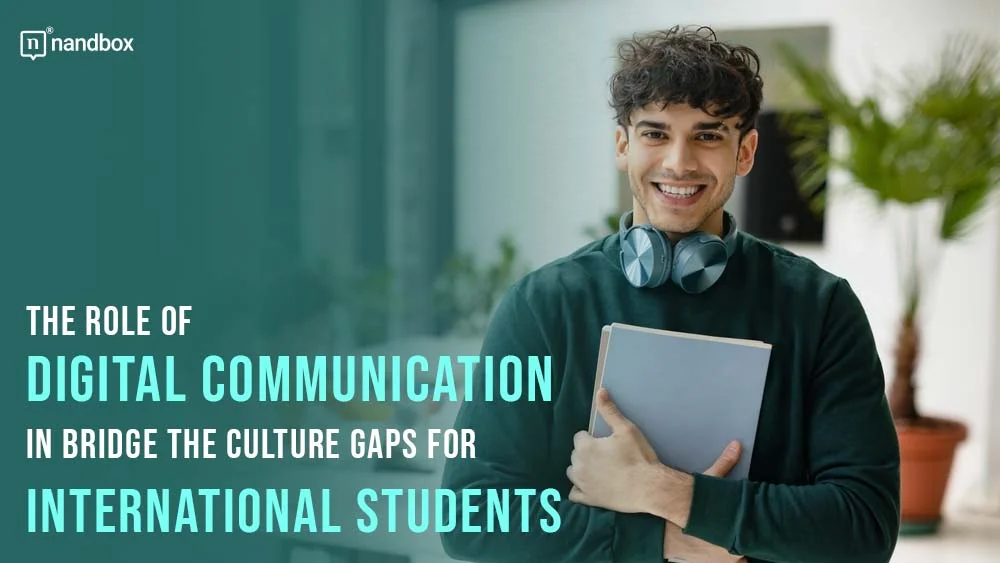The Role of Digital Communication in Bridging the Cultural Gap for International Students
Embarking on an educational journey as an international student is an exciting yet challenging adventure. It’s not just about adapting to a new academic environment; it’s also about navigating through a maze of cultural differences. This is where the power of digital communication comes into play, proving to be a game-changer in enhancing the global education landscape. It’s not just a tool; it’s a tool in bridging the cultural gap, connecting diverse cultures and smoothing out the rough edges of a foreign experience.
The Rise of Digital Communication Platforms
Remember when communication meant waiting weeks for a letter? Those days are long gone. Digital communication platforms have revolutionized how we connect, which is especially vital for international students far from home.
These platforms are more than just a tech trend; they’re lifelines that offer instant connectivity, essential information, and a sense of community. Imagine a platform like nandbox, where students can instantly reach out to peers, access academic resources, and even get a taste of home with a click.
It’s not just about staying connected; it’s about staying integrated in a fast-moving educational world.
In this digital era, the educational landscape is not just evolving; it’s transforming. Digital communication platforms have become more than just a means to stay in touch; they are integral to the educational fabric.
Calendar integration

Consider the impact of features like calendar integration and assignment tracking, which help students efficiently manage their academic life. These tools are not mere conveniences but essential elements that empower students to take control of their educational journey.
Moreover, the rise of these platforms signifies a shift towards a more accessible and flexible learning environment. Students can now participate in webinars, access lecture notes, and engage in group discussions, regardless of geographical boundaries. This accessibility is particularly crucial for international students who might be dealing with time zone differences or travel constraints.
Furthermore, the integration of AI and machine learning in these platforms offers personalized learning experiences. Imagine a platform that connects you to your peers and recommends resources based on your learning style and interests.
This level of customization is not just impressive; it’s transforming how students engage with their curriculum, making learning a more tailored and practical experience.
These advancements in digital communication platforms are not just technological achievements; they are milestones in making education more inclusive, engaging, and globally connected.
They’re reshaping the way knowledge is accessed and shared, making the world a smaller, more connected place for international students.
Overcoming Language Barriers
Imagine landing in a country where every conversation feels like a jigsaw puzzle. That’s the reality for many international students. But, thanks to digital platforms, language barriers are becoming more manageable.
With features like real-time translation and multilingual interfaces, these platforms ensure that language differences don’t hinder learning or socializing.
It’s not just about understanding a lecture; it’s about cracking jokes with a new friend in their native tongue, making the educational journey less about survival and more about thriving.
Fostering Cultural Exchange and Understanding
Picture a virtual melting pot where students from across the globe share their cultures, traditions, and perspectives. Digital platforms are not just tech tools; they are cultural bridges.
By facilitating forums and social groups, these platforms encourage a vibrant exchange of ideas and customs, fostering a global understanding.
This isn’t just about reading textbooks on world cultures; it’s about experiencing them firsthand through lively discussions and shared experiences, making the global classroom a rich tapestry of diversity.
Building International Student Communities
The power of community can’t be overstated, especially when you’re miles away from home. Also, digital platforms create virtual neighborhoods for international students, offering a sense of belonging and support.
Features like group chats and community boards become virtual coffee shops and study halls, where students can share tips, celebrate festivals, and find a recipe for mom’s homemade dish. It’s not just about finding friends; it’s about building a family away from home.
In this digital era, the concept of community has transcended physical boundaries, becoming a pivotal aspect of how to improve the international student experience.
They enable students to find peers with similar academic interests, hobbies, or everyday challenges. Imagine a platform where an international student, overwhelmed by a new academic system, finds a study group tailored to their course. Here, they can exchange notes, discuss complex topics, and even form study sessions, all within a virtual space.
Moreover, these platforms can act as cultural liaisons, introducing international students to local customs and events easing their integration into the host country.
Through organized virtual meetups and cultural exchange events, students can showcase their heritage while embracing the new culture they’re living in. It’s about creating a balanced experience where students feel neither lost in the crowd nor isolated in their journey.
These communities aren’t just about socializing; they’re about creating a supportive network that echoes the warmth of a family. They play a critical role in enhancing the overall well-being of international students, proving that with the right digital tools, the phrase “home away from home” can be a reality, not just a hope.
Case Studies and Success Stories
Let’s bring in some real-life magic. Imagine Anna, a student from Italy, who overcame her fear of speaking English by joining a language exchange group on a digital platform. Or John from Kenya, who organized a cultural event at his university through an app, bringing a piece of his heritage to his peers.
These stories aren’t just heartwarming; they’re potent testimonies of how digital tools can transform the international student experience, turning challenges into opportunities for growth and connection.
Expert Opinions and Educational Insights
Educators and tech experts unanimously agree digital communication is indispensable in bridging the cultural gap in today’s educational sphere, especially for international students. It’s not just about convenience; it’s about creating an inclusive and supportive learning environment.
Future trends suggest even more personalized and interactive platforms, making the world smaller and the educational experience richer. It’s not just about keeping up with technology; it’s about leveraging it to build a more connected and understanding global community.
Conclusion
In conclusion, the journey of an international student is no small feat. It’s a path filled with challenges and immense opportunities for growth and learning. Digital communication platforms play a crucial role in bridging the cultural gap during this journey, breaking down barriers, fostering understanding, and building communities.





